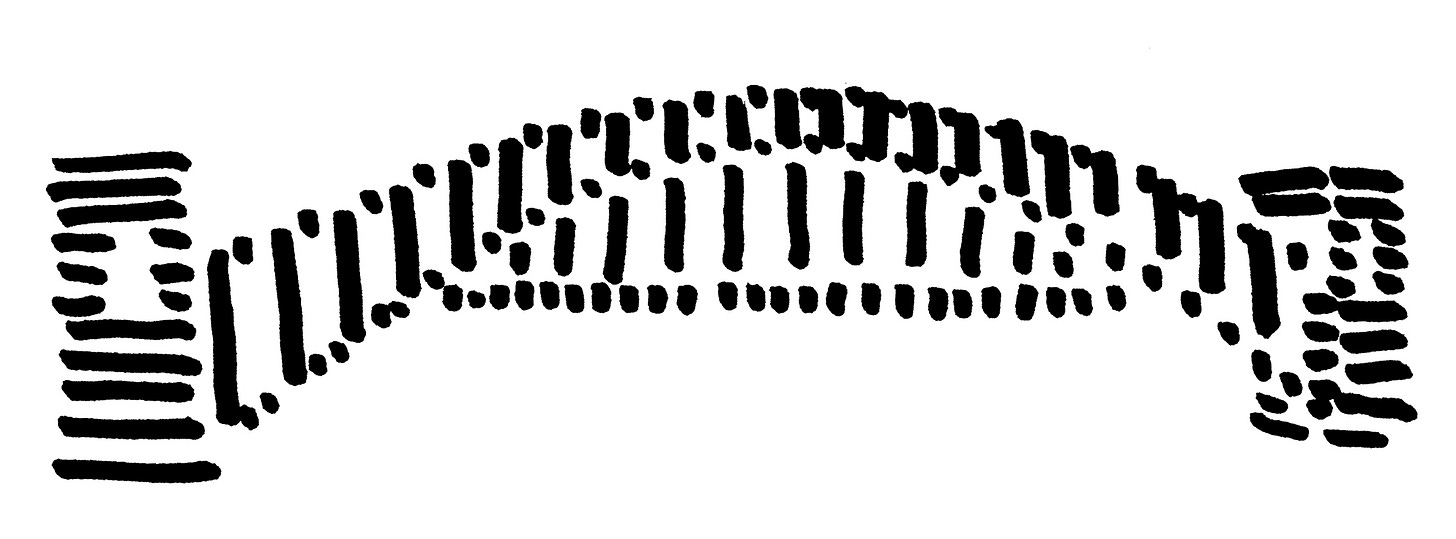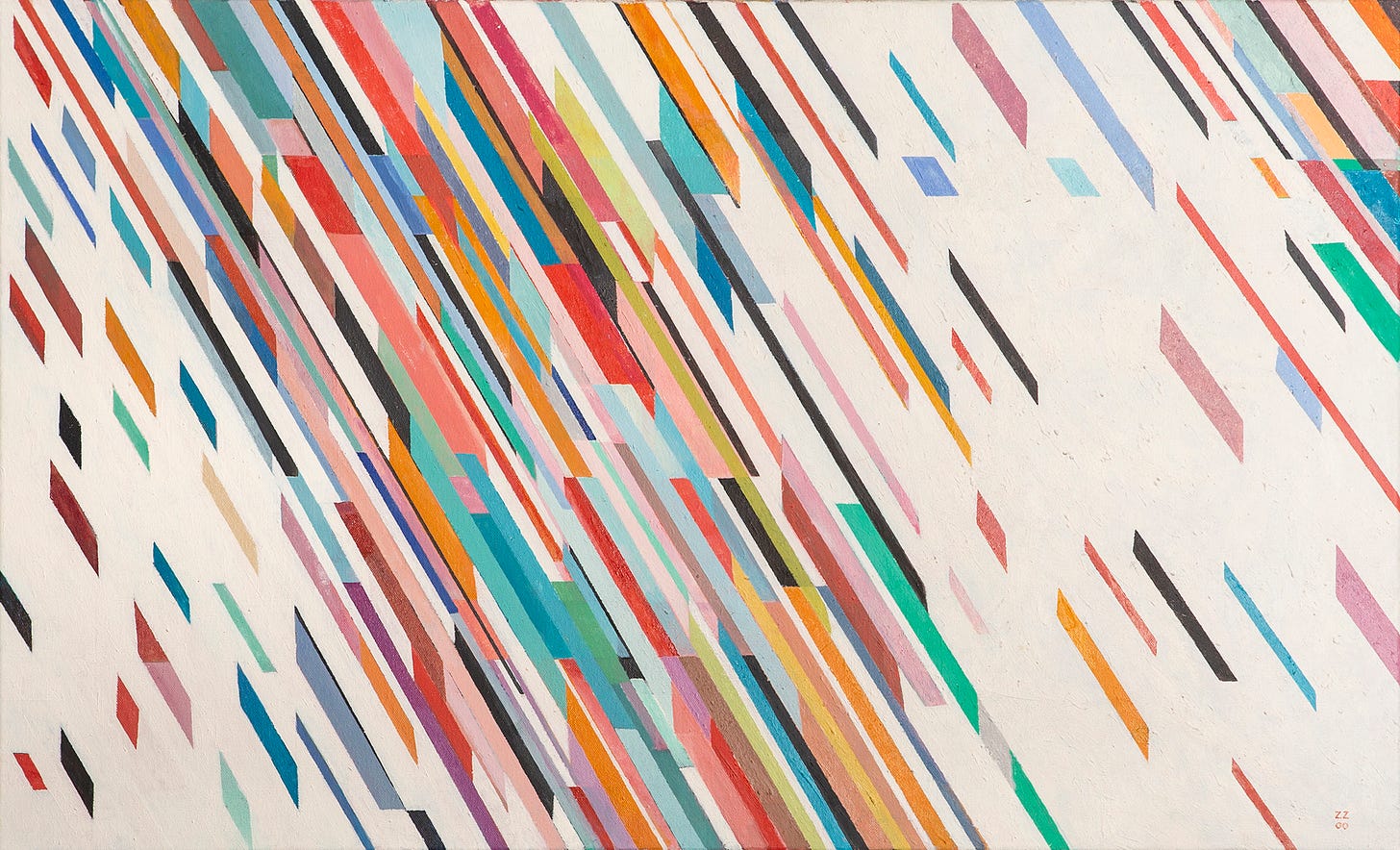After a snafu with our printer, Issue #32 is finally on its way to subscribers. Still haven’t subscribed? Fix that now.
When the City Went Still
If New York was going down, we thought, we wanted to go down with it.
by Martin C. Pedersen

From early April to early December of 2020, Michael Kimmelman, the Times’ architecture critic, took seventeen walks in four boroughs (skipping Staten Island, the auto-centered enclave located off the coast of New Jersey). Seven of them were with notable architects. He strolled through an empty theater district with David Rockwell; reminisced with Tod Williams and Billie Tsien about living atop Carnegie Hall; toured Harlem with David Adjaye; roamed the canyons of Midtown Manhattan with Annabelle Selldorf; traipsed through a ghostly financial district with Claire Weisz; crossed the Brooklyn Bridge with Marian Weiss and Michael Manfredi; walked the East River Esplanade with Deborah Berke. They were strange walks—it was an unavoidably bizarre moment—the participants masked and socially distant, walking empty streets, the city suddenly an intricately exposed backdrop, full of layers, a stage set without actors. Yet they were oddly optimistic in tone and almost historical in sweep.
Early on in the pandemic, the very idea of New York felt under attack. A city based on random and serendipitous interactions suddenly became the epicenter of an exploding health emergency that required people to stay isolated. Even if you’d never stepped foot in one of those glorious theaters, how do you contemplate a New York without Broadway? At some point—between reading the fortieth tedious version of the New York–Is–Doomed story, watching the intense and exuberant George Floyd street demonstrations, our son abruptly ending a phone conversation one night because he had to grab his pot and spoon to join neighbors in a salute to first responders, and the spontaneous eruptions of pure joy post-election—my wife and I started to feel the stirrings of an unfamiliar emotion: homesickness. If New York was going down, we thought, we wanted to go down with it. Maria began calling the city “the Mother Ship.”
Read more about how New York stayed afloat here.
On Happiness
Zoe Zenghelis, a founder of OMA, now finds delight in delicacies of color.
by Phillip Denny
Contrary to popular belief, Zoe Zenghelis, cofounding partner of the Office for Metropolitan Architecture (OMA), is no architect. She has never been an architect. During a moderated conversation to mark the opening of Fields, Fragments, Fictions, the retrospective exhibition of her work currently on view at Carnegie Museum of Art in Pittsburgh, Zenghelis took the opportunity to correct the record. “I’m getting a bit upset about people confusing me with an architect,” she said. “I am not an architect—I am a painter.”
The confusion is understandable. The greater part of the current show comprises paintings that Zenghelis (born 1937, in Athens) made during her years collaborating with the earliest incarnations of OMA, roughly 1972 to 1985. The firm was officially founded in ’75, but even then it was just a team of four, two couples—one Dutch, Rem Koolhaas and Madelon Vriesendorp, the other Greek, Elia Zenghelis and Zoe Zenghelis—working out of their rented London flats. Koolhaas and Vriesendorp had the larger apartment, so it was there that the group typically convened. Zaha Hadid, Koolhaas and Elia’s student at the Architectural Association, entered the picture, stormily, somewhat later. “In the kitchen, Elia and Zaha and Rem would have crazy fights,” Zenghelis recalled.
Read more about the painting/architecture conundrum here.
The World According to BIG
A covert exchange between a deranged novelist and storied Manhattan architect
by Carolyn Bailey
Formgiving is the most recent installment in Taschen’s triptych of BIG monographs, which includes 2009’s Yes Is More and 2015’s Hot to Cold. It advances many of the themes found in those previous volumes, such as the need for balancing utopia with pragmatism and sustainability with economics, to plot a history of design that speaks to the future. It also showcases the New York– and Copenhagen-based office’s Extreme Engineering approach to architectural design, predicated on innovative speculation involving robotics, machine learning, augmented reality, systems engineering, and 3D printing. Ironically following a “decelerating logarithmic timeline counting down from the Big Bang,” the book trawls through past and present projects to reach its final destination—a speculative BIG multiverse of high-tech habitats connecting Earth with outer space.
The book opens with another BIG manifesto about method and instrumentation, with an epigraph courtesy of the science fiction author William Gibson, who writes: “The future is already here—it’s just not very evenly-distributed.” The framing glosses over the more sinister implications of Gibson’s quote in favor of a brief spiel about “fragments of the future” and a belief in collective action being the driving impetus behind every single project that crosses every single three-monitor workstation in BIG’s offices; and readers (all eight billion) are likewise exhorted to make such an effort.
Read more about BIG’s dabbling in technological determinism here.
New York Review of Architecture is a team effort. Our Editor is Samuel Medina, our Deputy Editor is Marianela D’Aprile, and our Editors-at-Large are Carolyn Bailey, Phillip Denny, and Alex Klimoski. Our Publisher is Nicolas Kemper.
To pitch us an article or ask us a question, write to us at: editor@nyra.nyc. For their support, we would like to thank the Graham Foundation and our issue sponsors, Tod Williams Billie Tsien Architects, and Thomas Phifer.
To support the work and receive NYRA by post, subscribe here.





